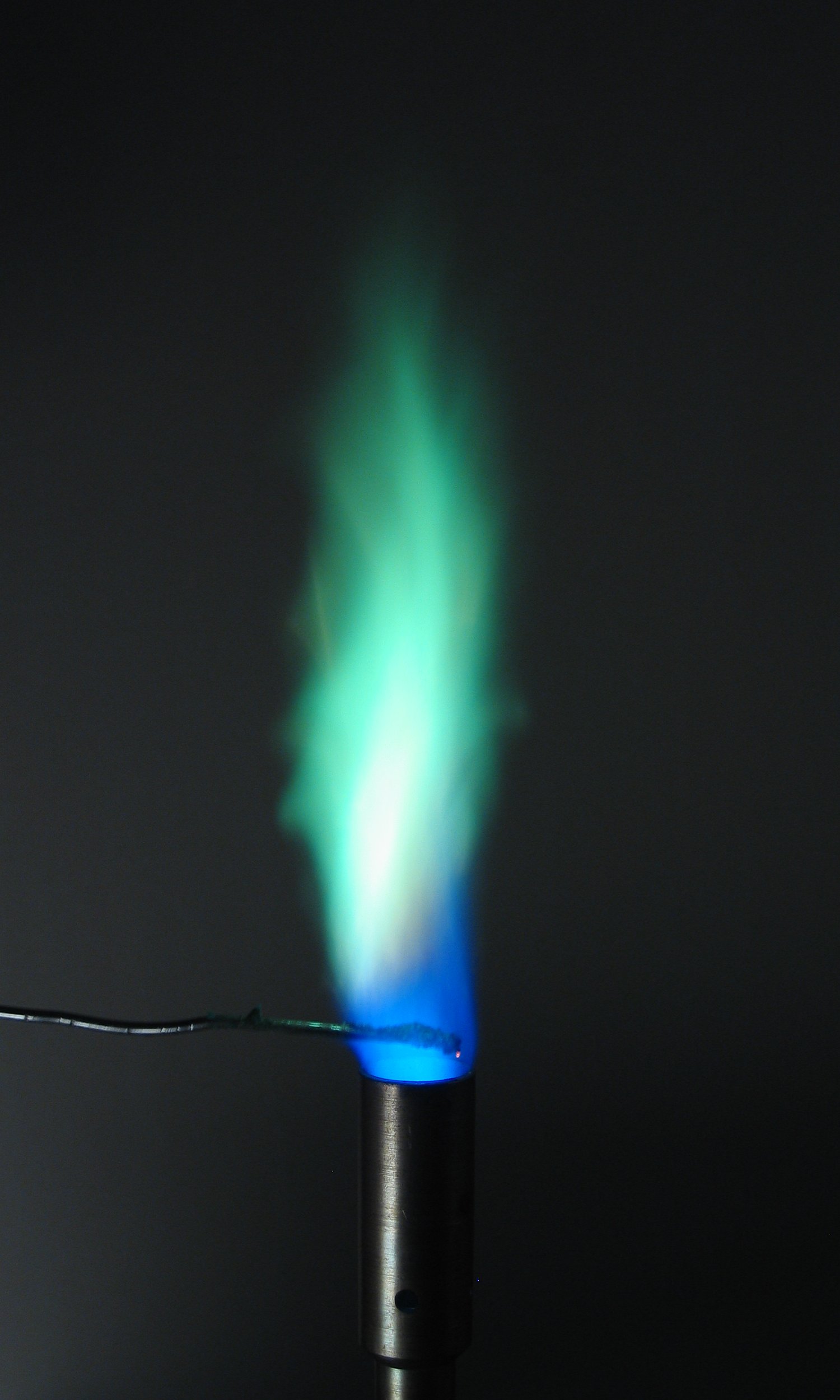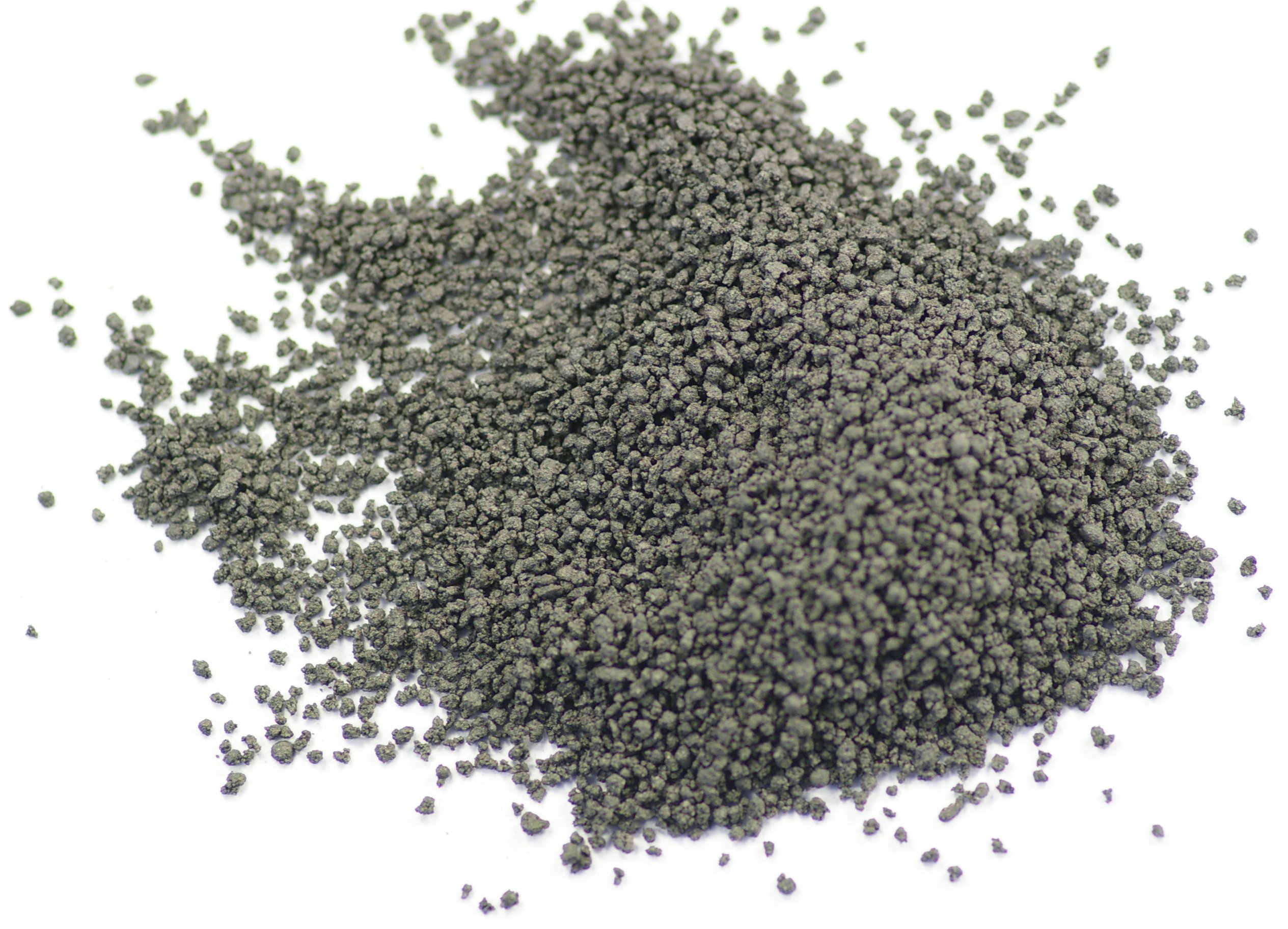The second part of the fireworks has more loosely packed, finer explosive material. As the fuse burns upward, it sets fire to this stage too. Depending on how the stage is made and packed, it either creates the final, colourful explosion there and then or it shoots off a number of firecrackers in different directions.
When you see fireworks they always make symmetrical explosions. This occurs because of a law of conservation of momentum. The momentum of a firework must be the same before and after an explosion, so explosions are balance in both sides. Then there is the color of the fireworks. The colours are made by the burning of different types of metal compounds (also known as metal salts) packed inside. This will be explained later in more detail.
 |
| Click for a larger view. |
First the fireworks is made up of tightly packed with explosive powder designed to blast the firework high into the air and safely away from the viewers. In the beginning the firework is nothing more than a missile. As the first stage burns, the firework is powered by-action and reaction .When the gunpowder burns, it gives off hot exhaust gas that fires backward. The force of the exhaust gas firing backward creates an equal and opposite reaction force that sends the firework shooting forward through the air.
The second part of the fireworks has more loosely packed, finer explosive material. As the fuse burns upward, it sets fire to this stage too. Depending on how the stage is made and packed, it either creates the final, colourful explosion there and then or it shoots off a number of firecrackers in different directions.
When you see fireworks they always make symmetrical explosions. This occurs because of a law of conservation of momentum. The momentum of a firework must be the same before and after an explosion, so explosions are balance in both sides. Then there is the color of the fireworks. The colours are made by the burning of different types of metal compounds (also known as metal salts) packed inside. This will be explained later in more detail.



